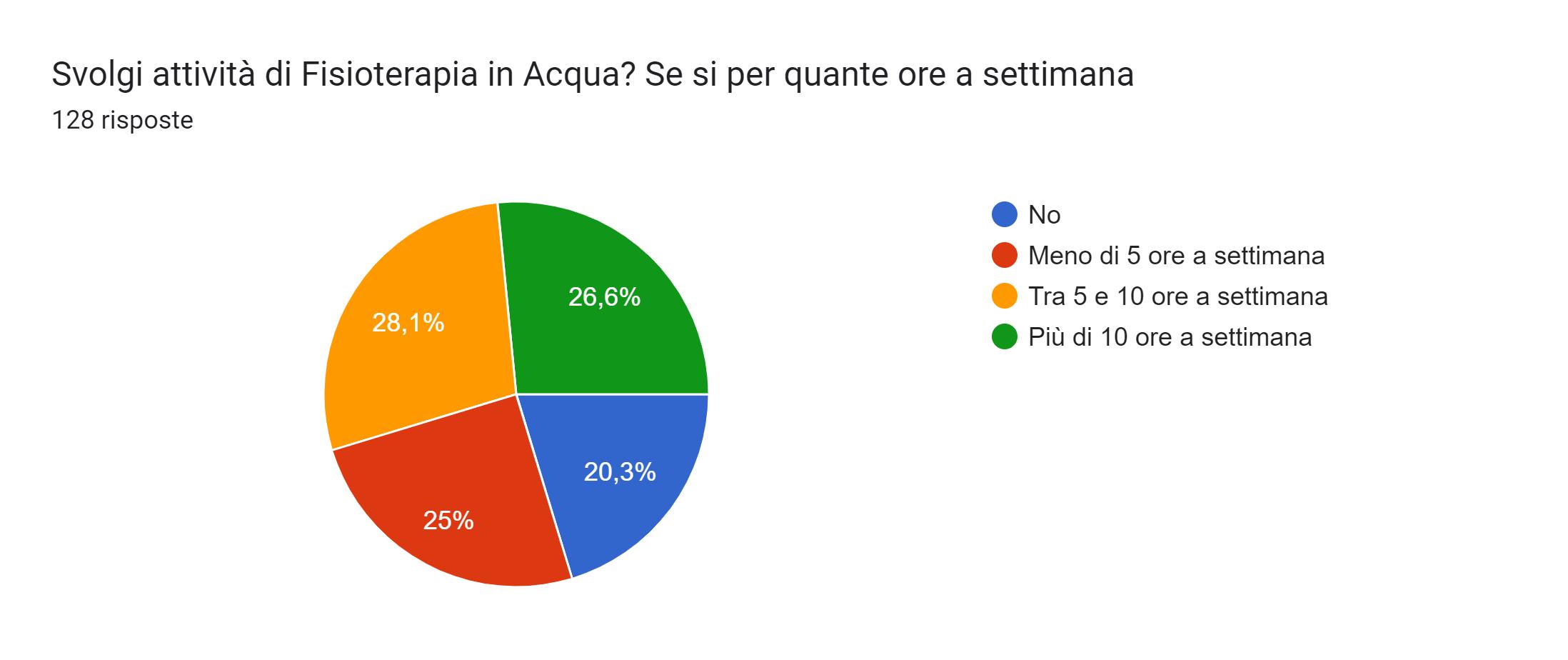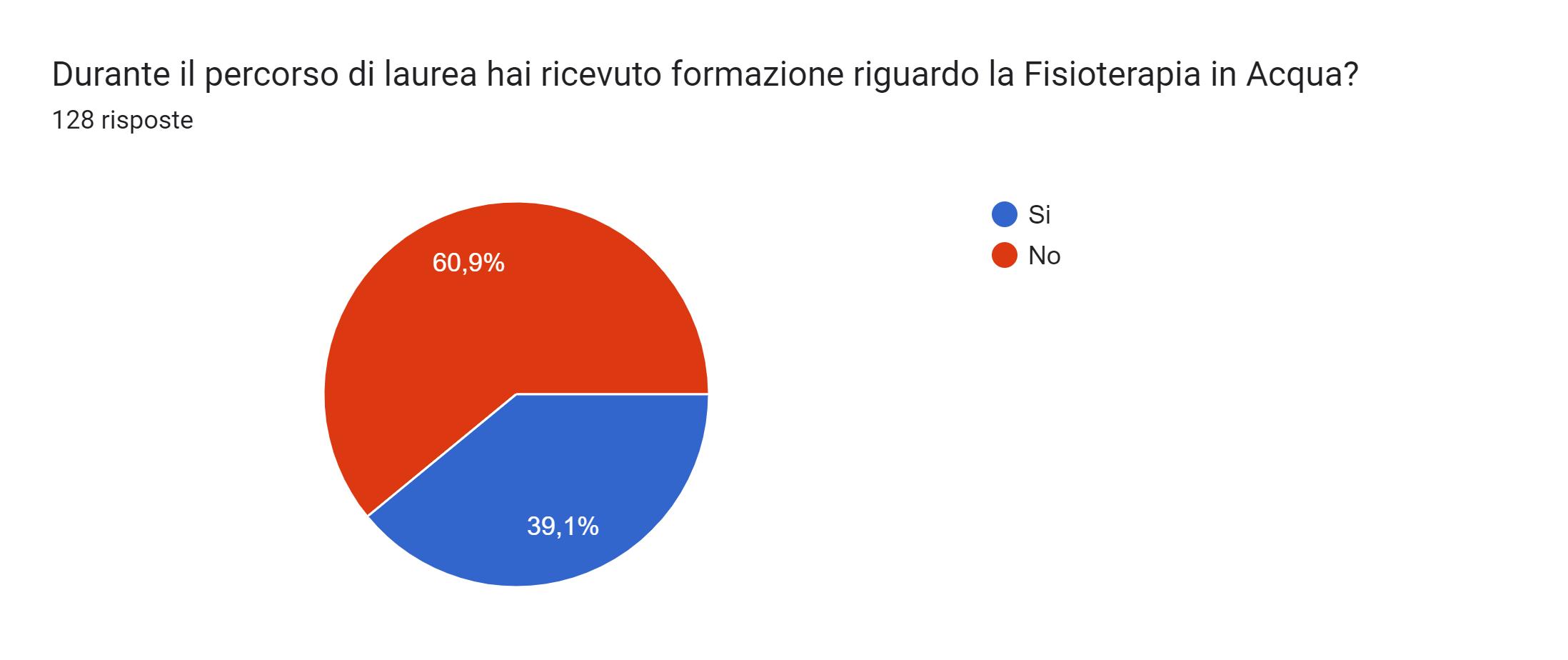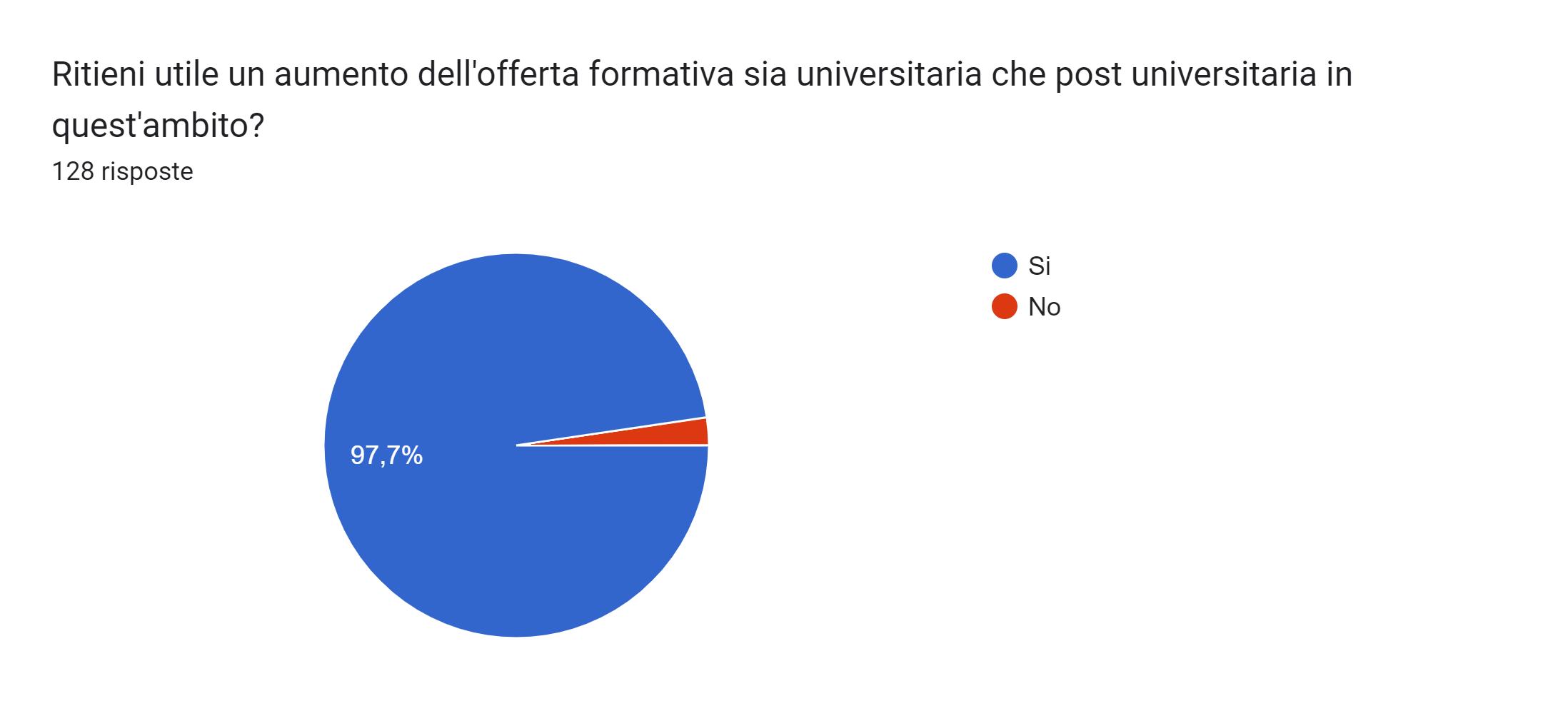Rossi Marlene (libero professionista, Roma)
Aquatic therapy is a rehabilitative modality that represents an area of increasing interest proving broad therapeutic potential and clinical adaptability in the treatment of acute and chronic pathologies.[1] The Network di Interesse Specifico (N.I.S.) group aims precisely at promoting national scientific development in the field of rehabilitation in the aquatic environment.
The N.I.S. group has conducted a survey entitled “Aquatic therapy: how it is being taught and used in Italy” among the members of the Italian Society of Physiotherapy (A.I.FI.) to know the diffusion of clinical practice, academic offer and training needs related to aquatic therapy on the national territory. The N.I.S. group intends to use the gathered data to pursue its objectives of information, training and scientific research addressed to physicians, physiotherapists, and patients.
The Google Forms survey was embedded in an email newsletter to all physiotherapists registered with the A.I.FI. and filled out on a voluntary and anonymous basis. It was active from the 27th of September to the 29th of November 2023 to have a sufficiently representative sample of the regional realities within the national territory. The survey consisted of twelve multiple-choice questions, in addition to an open-ended question. The areas of enquiry of the survey covered the following aspects of respondents: their provinces of origin; years of their work experience; hours worked per week; types of facilities where their activities are being carried out; their training level in this field; training methods they would prefer to adopt; modalities in which aquatic therapy is being performed; the degree of current specific academic offer on the national territory.
For the two months in which the survey has remained online, the response rate of members of the A.I.FI. in that period was reported as equal to 3.5%. It is observed that 64.1% of respondents predominantly performed aquatic therapy in one-on-one session. Moreover, 63.3% of respondents assisted patients by being in the water with them, 28.1% carried out aquatic therapy activities between five and ten hours per week (Fig.1), and 55.5% worked mainly in private facilities. It is noteworthy that 60.9% of survey respondents were not trained on aquatic therapy during their three-year bachelor’s degree programme (Fig.2), whereas 43% of them attended specific postgraduate training on aquatic therapy offered by providers present throughout the national territory (Fig.3). Almost all respondents, precisely 97.7% of them, considered that it is useful to extend academic offer in this field (Fig.4).
Aquatic therapy is a very useful tool in the set of core competencies of a physiotherapist, yet its clinical practice remains underused in regard to its therapeutic potential, with little evidence for some pathologies that are frequently treated in the water environment, although the literature shows aspects of great significance.[2][3] Currently, a basic aquatic therapy training within degree courses in physiotherapy appears to be insufficient and inhomogeneous on the national territory.[2] It follows that aquatic therapy training should be included both in undergraduate and postgraduate academic offer. Hence, the importance of the presence of the N.I.S. group on the national territory to meet training needs increasingly geared towards individuals’ needs and advanced competences required for the professional profile of a physiotherapist.[2]
1. Becker BE. Aquatic therapy: scientific foundations and clinical rehabilitation applications. PM R. 2009 Sep;1(9):859-72.
2. Rocco M. L’insegnamento della fisioterapia in acqua nei corsi di studio italiani di fisioterapia: studio osservazionale. 2022; 5-6:10-11:22-23.
3. Colibazzi V,Coladonato A, Mangiarotti M A,Cavuoto F,Mollica R, Magaletti M, Romanini E, Evidenza scientifica e pratica clinica in idrokinesiterapia: c’è concordanza? Un vaglio della letteratura e un questionario tra gli idrokinesiterapisti italiani. The Journal of SPORTANDANATOMY JSA 2015; I:102-107.



